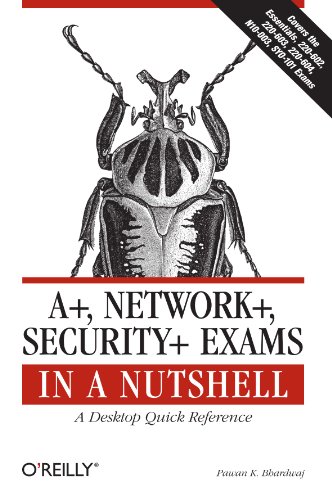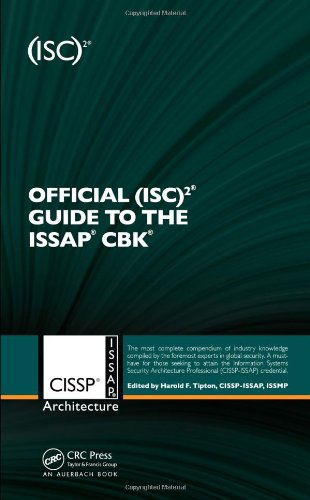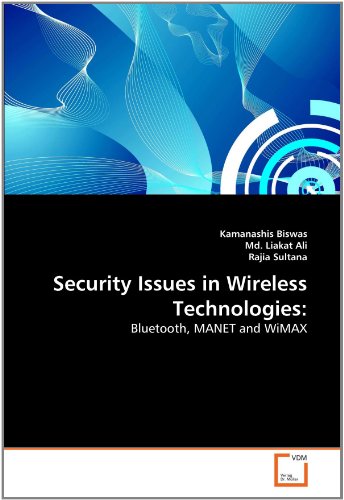A+, Network+, Security+ Exams in a Nutshell: A Desktop Quick Reference (In a Nutshell (O'Reilly)) Review

If you're preparing for the new CompTIA 2006 certification in A+, or the current Network+ and Security+ certifications, you'll find this book invaluable. It provides all the information you need to get ready for these exams, including the four new A+ exams -- the required Essentials exam and three elective exams that pertain to your area of specialization.
As with other O'Reilly Nutshell books for certification exams, A+, Network+ and Security + in a Nutshell follows a proven style and approach. It reviews all of the topics needed to master each exam in a remarkably concise format, with required knowledge boiled down to the core. Instead of plowing through 500 to 700 pages to prepare for each exam, this book covers each one in approximately 150 pages. And because the objectives for the three elective A+ exams are redundant, and the book covers them in one section.
The exams covered include:
- A+ Essentials: Required for A+ 2006 certification
- EXAM 220-602: For the A+ IT Technician specialization
- EXAM 220-603: For the A+ Remote Support Technician specialization
- EXAM 220-604: For the A+ IT Depot specialization
- EXAM N10-003: For Network+ Certification
- EXAM SYO-101: For Security+ Certification
Each exam is covered in three parts: Exam Overview, Study Guide and Prep and Practice. Plenty of detailed tables and screen shots are included, along with study notes and practice questions. Once you have completed the exams successfully, you will find this all-in-one book to be a valuable reference to core administration and security skills.






